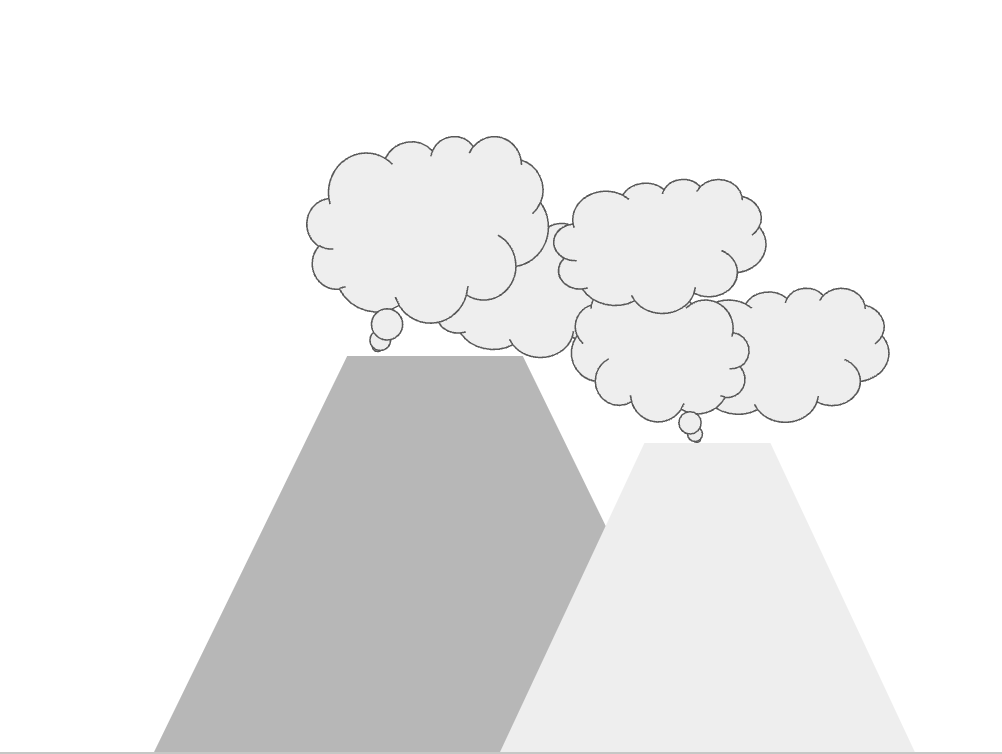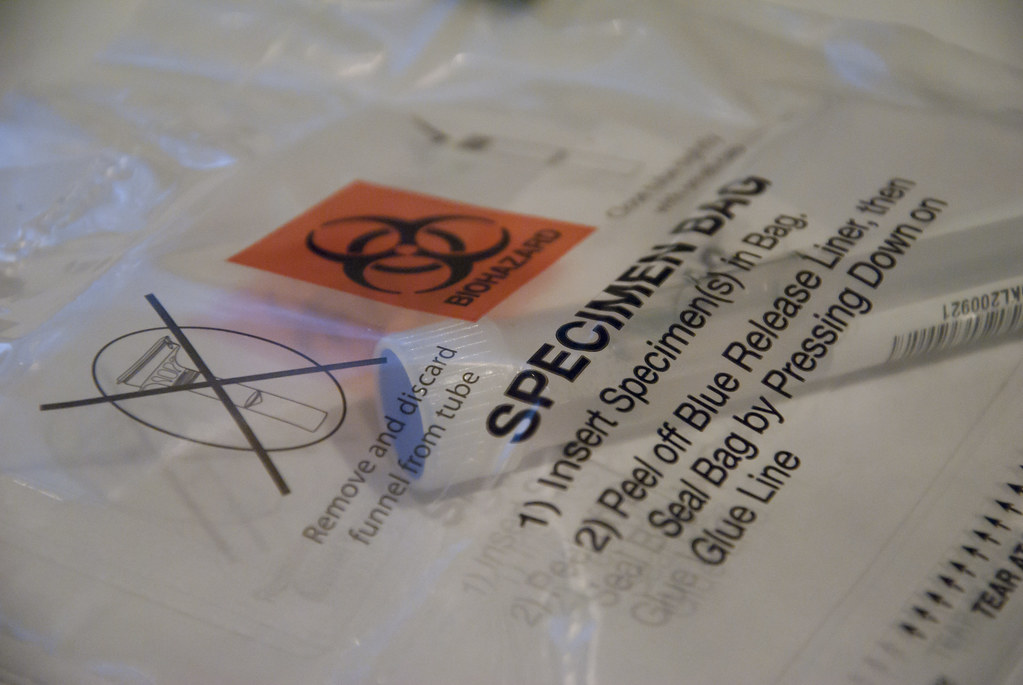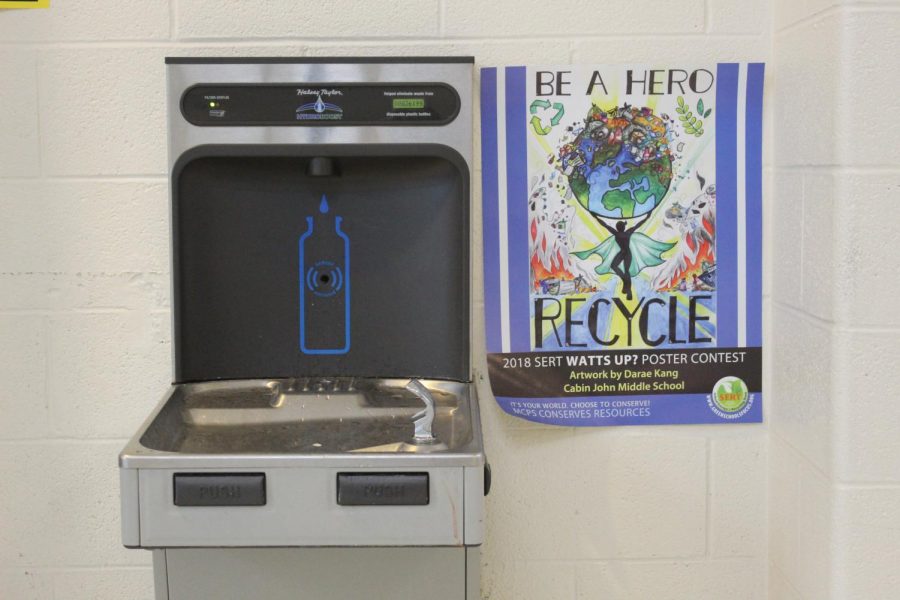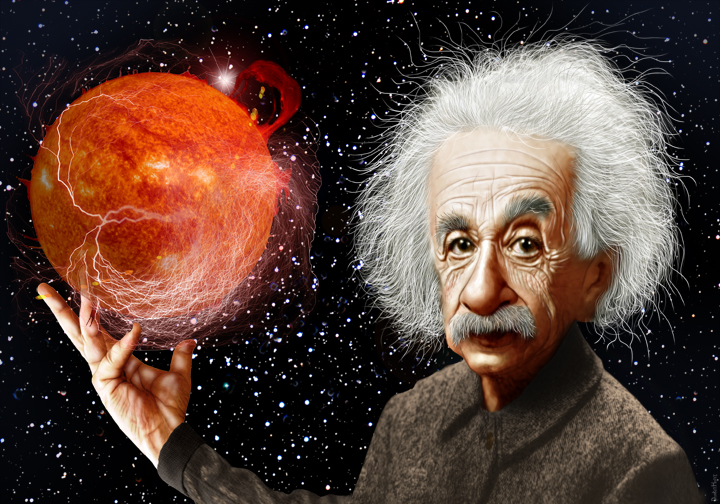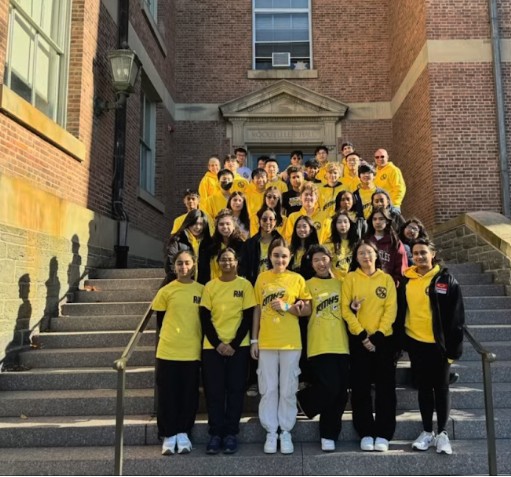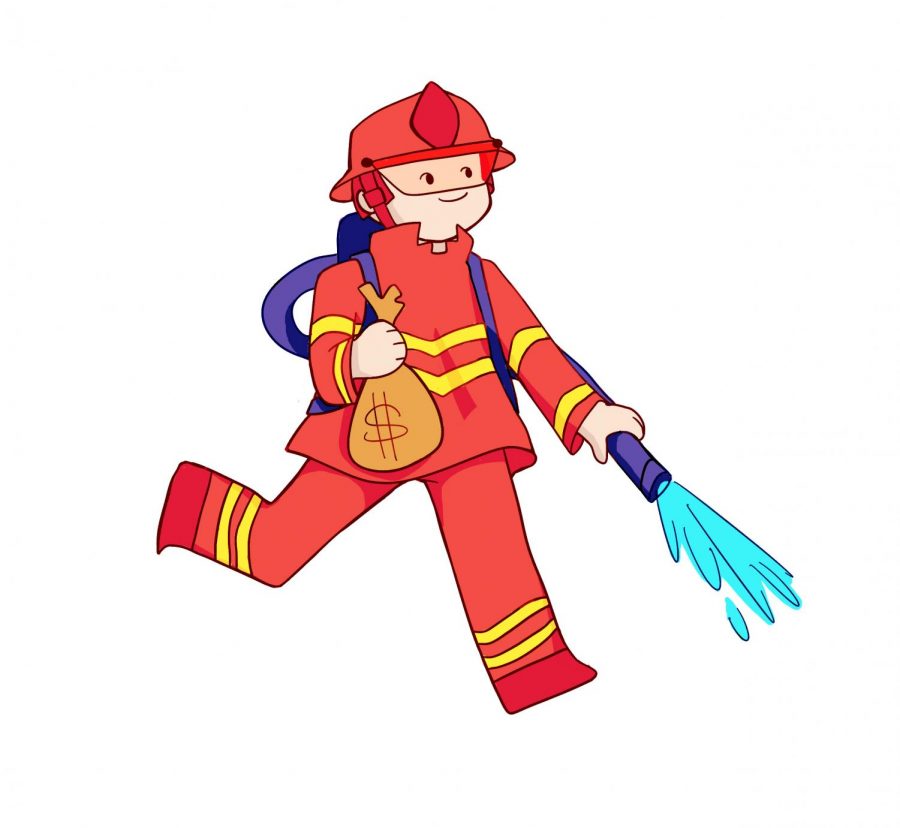Two months into its launch, the new generative AI chatbot ChatGPT garnered over 100 million users—the fastest growing consumer application in history. It serves as a testament to the growing prominence of artificial intelligence in many aspects of people’s lives, such as education.
Yet, AI’s increasingly apparent role in today and future society has brewed tensions between tech giants, as Apple, Google, Meta, Microsoft and Amazon race to dominate this new playing field.
Microsoft in particular has taken multiple approaches to further its involvement in AI. The first of which, to increase its AI investments, is its 10 billion dollar deal with OpenAI, the company behind ChatGPT. But second, is to improve its AI data centers with nuclear energy in an attempt to fulfill its recent pledge to be carbon-negative, water positive and zero waste by 2030.
With all its sophistication, AI models are not without costs. Fueling the training and computing power of models like ChatGPT and GPT-3 is 700,000 dollars a day in server costs, over 550 tons of carbon dioxide and 3.5 million liters of water. As a result, Microsoft’s new job listing for a Principal Program Manager for Nuclear Technology has raised both concerns and optimism as to how exactly the tech giant’s plans to use nuclear energy will contribute to its efforts towards sustainability.
On one hand, there are general concerns surrounding the risks of nuclear energy, especially in a field as recent as AI. “I think that there’s better ways that don’t have as much risks such as other sustainable energy sources, and taking the risk of using nuclear energy is going end up leading to something bad happening. It’s inevitable,” freshman Callie Deng said.
However, the concerns are not unwarranted. According to researchers at Stanford University, new nuclear power costs about five times more than other forms of sustainable energy, takes five to 17 years longer between planning and operation (not even considering the relative newness of AI) and creates various risks, everything from weapons proliferation and waste to meltdown and historic nuclear disasters like Chernobyl or Fukushima.
On the other hand, nuclear energy has potential to revolutionize the field, reducing the massive amount of resources poured into AI models by producing zero carbon emissions and other noxious gasses.
To further address concerns over the vulnerability of nuclear plants to disasters, one freshman refers to a 1988 experiment affirming the durability of these facilities. “I hear the myth a lot that if you throw a fighter jet in or a truck into one of the nuclear plants, [it will] explode and let all the nuclear waste out. It sounds far fetched. I hear a lot. These things have been tested. You can ram a jet into it at like 500 miles an hour. The jet explodes. The concrete is not even dented,” Deng said. “It has risks, but it also has benefits and if we manage it carefully, it can still probably be used pretty well to help people.”
The rising debate over utilizing nuclear energy continues, but one thing is certain: Microsoft is bringing a new player onto the playing field — how well nuclear energy plays can only be certain with time.


